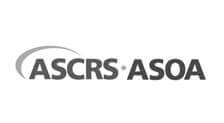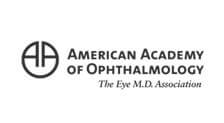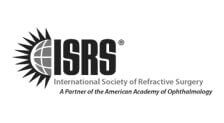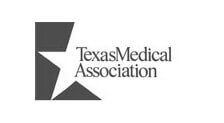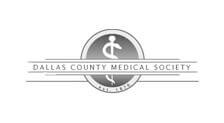We hope your 2021 was the best year yet! As we step into 2022, we want you to start the year out on a positive note. Make 2022 the year you take care of yourself, and your vision!
January is Glaucoma Awareness Month. Over 3 million Americans have glaucoma, but only half of those people know that they have it. Glaucoma is a leading cause of blindness and often has no symptoms (especially in its early stages), which is why it is called “the silent thief of sight.” There is no cure for glaucoma (yet), which is why early detection and treatment are vital to the prevention of vision loss. This is why it is important to have an annual comprehensive eye exam.
According to The National Eye Institute, the number of Americans affected by glaucoma will reach 4.2 million by 2030, which is a significant increase.
Who Is at Risk for Glaucoma?
Well, everyone! While older people are more at risk, one in 10,000 babies is born with it. Young adults can get glaucoma, too. African Americans, in particular, are susceptible at a younger age. If you are African American or have African American ancestry, you may be more at risk than others. In fact, you’re 15 times more likely to get glaucoma. Other high-risk groups include people over 60, family members of those already diagnosed, people with diabetes, and those who are severely nearsighted.
Types of Glaucoma
There are two types of glaucoma; open-angle and angle-closure. Open-angle is the most common form of glaucoma and accounts for at least 90% of all glaucoma cases. “Open-angle” means that the angle where the iris meets the cornea is as wide and open as it should be. This type is caused by the slow clogging of the drainage canals, resulting in increased eye pressure. Open-angle glaucoma develops slowly and is a lifelong condition. If members of your immediate family have open-angle glaucoma, you are at a much higher risk than the rest of the population. In addition, family history increases the risk of glaucoma four to nine times.
While angle-closure glaucoma is less common, it develops quickly and demands immediate medical attention. It is caused by blocked drainage canals, resulting in a sudden rise in intraocular pressure. Unlike open-angle glaucoma, angle-closure glaucoma is a result of the angle between the iris and cornea closing.
Glaucoma Treatments at Carter Eye Center
The goal of glaucoma treatment at Carter Eye Center is the preservation of your current level of vision and prevention of further vision loss. Treatment approaches can vary, depending on the type of glaucoma diagnosed, the degree to which the disease has progressed, underlying risk factors and other considerations.
There are five common glaucoma tests we offer:
- Tonometry- Examining the inner eye pressure
- Ophthalmoscopy- Examining the shape and color of the optic nerve
- Perimetry- Examining the complete field of vision
- Gonioscopy- Examining the angle in the eye where the iris meets the cornea
- Pachymetry- Examining thickness of the cornea
Regular glaucoma check-ups include two routine eye tests: tonometry and ophthalmoscopy.
Depending on the type and severity of your glaucoma, Dr. Carter will recommend your best treatment option or a combination of treatments. These include drug therapy, laser surgery, glaucoma surgeries including filtering and drainage implants, eye drops and minimally invasive glaucoma surgery (MIGS). MIGS has become a commonly used abbreviation in the glaucoma world.
Why Carter Eye Center?
As a board-certified ophthalmologist, Dr. Harvey Carter is uniquely experienced in the area of glaucoma diagnosis and treatment. Carter Eye Center has helped thousands of Dallas residents fight glaucoma successfully with medically advanced treatment options. Trust the Dallas vision leader with broad expertise, modern technology, and an experienced team. Call us or schedule an appointment today. And remember, Seeing is Believing at Carter Eye Center!





